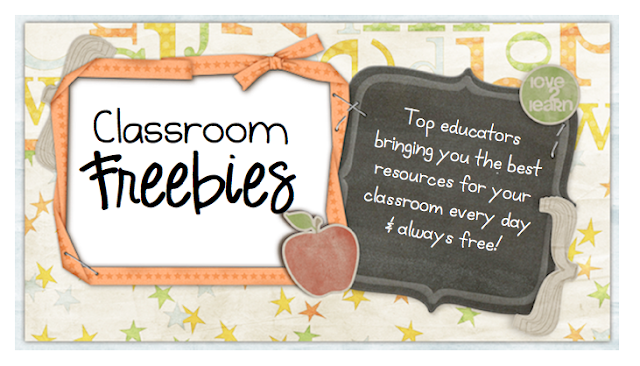Keeping your little guys engaged in learning as the school year winds down and during the summer takes some creativity and ingenuity. After all, you're competing with sounds of water fun and the bells of the ice cream truck! For most little learners, pages in a workbook just won't do it! Novelty is the name of the game.
Break out the dice and the dominos for some engaging ways to make practice fun!
To create this activity for number combinations, I wandered the aisles of a craft store looking for my inspiration. Here's what I came up with.
This felt flower measures about 12 inches across, and also comes in purple and in green. The cost was under $1.50, and you'll need one for each player. I think the size, color, and texture of the flower bring some extra interest to these activities, but you could of course save a bit of money by having your children just use paper and crayons to color and cut out their own eight-petal daisies, or even eight-legged spiders.
You'll also need dice and dominos for these games. You probably already have dice as a component of another board game. No dominos? Print a free set here from Mrs.Magee at TPT!
Having your students sort out the dominos needed for each of these games is part of their learning, so be sure to let them do the "work" of finding the dominos they'll be using! For the first level, they'll need to sort out dominos whose dots total from one to six.
They'll then each put one domino on each of the petals of their flower. Players take turns rolling one die, looking for a domino that totals the number they rolled. If they have one, they remove that domino from their flower. Here, the player rolled a three and is removing a 2+1 domino.
They'll then each put one domino on each of the petals of their flower. Players take turns rolling one die, looking for a domino that totals the number they rolled. If they have one, they remove that domino from their flower. Here, the player rolled a three and is removing a 2+1 domino.
If the player has no domino that totals the number, he misses that turn. The first player to remove all of the dominos from his or her daisy is the winner.
Level Two is played the same way, except that this time players will be rolling two dice and will need dominos that total 2 through 12. Roll, add, and find a domino with the same sum. Here, the player has rolled a two and a six, and is removing a 4+4 domino.
This game could easily be adapted to other skills. For example, take a set of alphabet or sight word flashcards and number all of the cards in the set with the numbers one through eight. Write the numbers one through eight on the flower petals (or use cute number stickers!). Players turn over a card, read the word or say a word that begins with the letter, and then cover the corresponding number on their flower, continuing to play until one player has covered all of his or her petals. I'm sure you can think of lots of other ways to use this for skills practice!
Here's another way to practice lots of skills this summer. You can download this free board game by clicking on the picture. Then fill in each space with a word, number, or other fact that need more practice, get a die or a spinner and you're ready to go!
Here are two seasonal math game sets from my Teachers Pay Teachers store. Click the picture to see them!
Enjoy playing games! Although there's a lot of learning to be had through technology, don't undervalue the time spent with your children playing games like these. You are sending the message that learning is so important to you that you're willing to put your own time into it ... and even more important, that you love to spend time together, having fun while you're learning!
*****
If you like ideas like this one, you'll love the Primary Inspiration Newsletter! Click on the picture below to subscribe and you'll receive this set of math riddle cards for first and second grade, just to say thanks!
Happy Teaching!





























